How to Get Away with Murder star Viola Davis will play Harriet Tubman in a HBO movie about the abolitionist hero.
Tubman was born into slavery in Maryland, escaped in 1849 and led countless slaves from the South to freedom along the Underground Railroad.
An air date for the untitled project and other cast members were not announced.
The Underground Railroad, a network of secret routes and safe houses for escaped slaves, is the subject of other announced TV projects.
Here are some things you probably have never heard about “The Underground Railroad”
3. The Underground Railroad was primarily a Northern phenomenon. It operated mainly in the Free States, which stands to reason. Fugitive slaves were largely on their own until they crossed the Ohio River or the Mason-Dixon Line, thereby reaching a Free State. It was then that the Underground Railroad could take effect. There were well-established routes and conductors in the North, and some informal networks that could move a fugitive from, say, the abolitionists’ office or homes in Philadelphia to various points north and west. Some organized assistance was also available in Washington, D.C., where slavery remained legal until 1862 and in a few places in the Upper South. And some slaves were assisted in escaping from Southern seaports, but relatively few.
4. Those tunnels or secret rooms in attics, garrets, cellars or basements? Not many. Most fugitive slaves spirited themselves out of towns under the cover of darkness, not through tunnels, the construction of which would have been huge undertakings and quite costly. And few homes in the North had secret passageways or hidden rooms in which slaves could be concealed.
4. Freedom quilts? Simply put, this is one of the oddest myths propagated in all of African-American history. If a slave family had the wherewithal to make a quilt, they used it to protect themselves against the cold, and not to send messages about supposed routes on the Underground Railroad in the North, where they had never been! However, sometimes, on occasion, messages of all sorts were given out at black church gatherings and prayer meetings, but not about the day and time that Harriet Tubman would be coming to town. The risk of betrayal about individual escapes and collective rebellions, as we shall see in a future column, was far too great for escape plans to be widely shared.
5. How many slaves actually escaped to a new life in the North, in Canada, Florida or Mexico? No one knows for sure. Some scholars say that the soundest estimate is a range between 25,000 and 40,000, while others top that figure at 50,000. The National Underground Railroad Freedom Center in Cincinnati says that number could be as high as 100,000, according to Elizabeth Pierce, an officialthere, though that seems quite optimistic to me.
We can put these estimates in perspective by remembering that in 1860 there were 3.9 million slaves, and only 488,070 free Negroes (more than half of whom were still living in the South), while in 1850 there were 434,495 free Negroes. Since these figures would include those fugitives who had made it to the North on the Underground Railroad, plus natural increase, we can see how small the numbers of fugitive slaves who actually made it to the North in this decade, for example, unfortunately were.
It’s also important to remember that only 101 fugitive slaves ever published book-length “slave narratives” about their enslavement before the end of the Civil War. But astonishingly, more than 50,000 slaves ran away not to the North, but “within the South,” according to John Hope Franklin and Loren Schweninger’s pioneering study, Runaway Slaves: Rebels on the Plantation, “annually during the late antebellum period,” as Blight informs us. But few of them made it to freedom.
6. Who escaped? Whole families? According to John Hope Franklin and Loren Schweninger, as Blight summarizes, “80 percent of these fugitives were young males in their teens and twenties who generally absconded alone. Indeed, [between 1838 and 1860] 95 percent fled alone. Young slave women were much less likely to run away because of their family and child-rearing responsibilities. Entire families with children did attempt flights to freedom, but such instances were rare.”
Moreover, according to scholar John Michael Vlach, one abolitionist, W.H. Lyford in 1896 reported that he could not recall “any fugitives ever being transported by anyone, they always had to pilot their own canoe, with the little help that they received,” suggesting that “the greatest number of fugitives were self-emancipating individuals who, upon reaching a point in their lives when they could no longer tolerate their captive status, finally just took off for what had to be a better place.”
7. “Steal Away”? African Americans were geniuses at inventing coded languages to communicate surreptitiously with each other, in double-voiced discourses that the master and overseer couldn’t understand. And the Grapevine was a real invention, commented upon as early as 1775 by none other than John Adams himself. However, for reasons of safely, privacy, security and protection, most slaves who ran away did so singly and surreptitiously, and didn’t risk their own safety by informing many people outside of their families about their plans, for fear of betrayal.





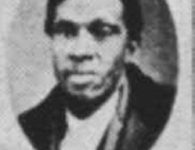
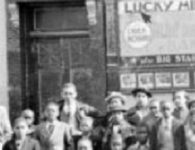

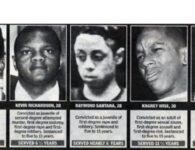
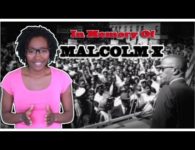

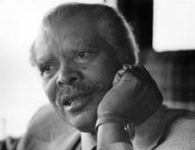
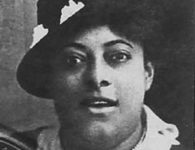
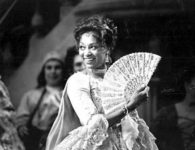
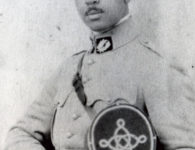

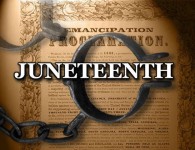


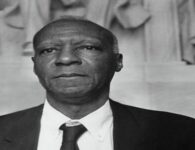

2 Comments
There were probably more slaves that got caught and killed then got away. The numbers are so big till we will never know the truth. The bottom line is we as black people had to run to be free of the white man and his injustice against us.
The number of slaves that got killed probably is more than the ones that she helped escape. We will never know the truth, our women were raped, we as men were beaten and whipped by these white people.